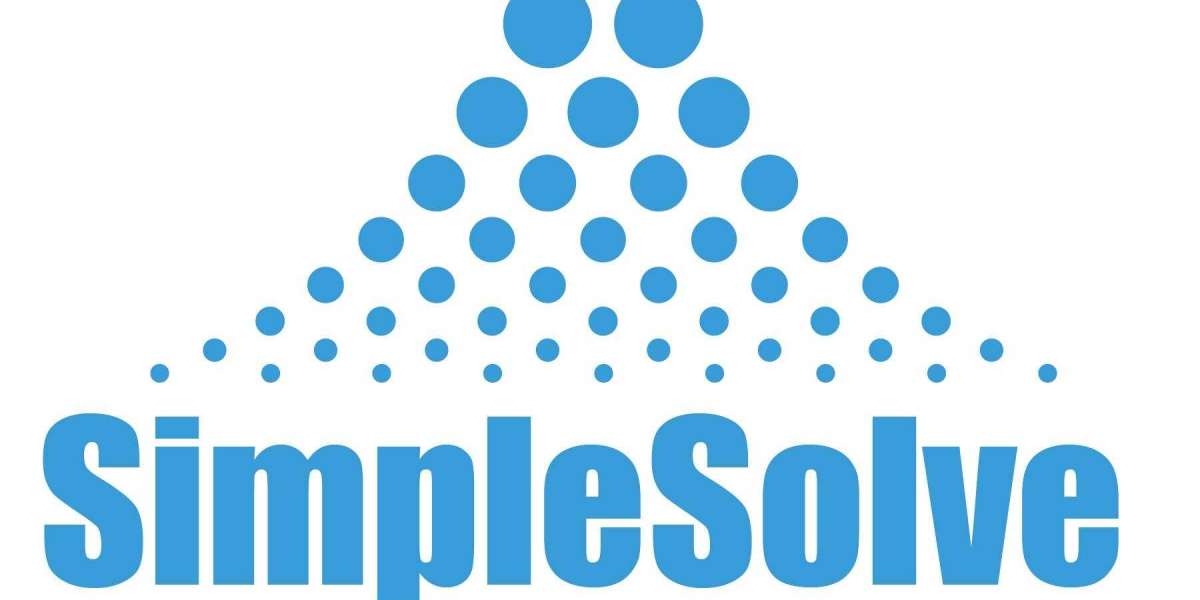The insurance industry is at a crossroads. For decades, insurers operated through face-to-face interactions, paperwork, and local agents who knew customers by name. But today, customers expect digital-first experiences—fast, intuitive, and accessible 24/7.
So, the debate often comes down to traditional vs digital insurance. But in 2025, that debate is no longer helpful. It’s not about choosing one path over the other—it's about blending the strengths of both to meet modern expectations.
Here’s why.
Customers Expect More Than Convenience—They Expect Continuity
Let’s say you start a home insurance quote online on a Sunday evening. By Monday, you walk into a branch with a few questions. Ideally, the agent should see your online progress, pick up the conversation, and finalize the process—without asking you to repeat yourself.
But too often, that continuity doesn’t happen.
According to a 2025 Deloitte insurance survey, 72% of American policyholders expect their insurers to offer seamless transitions between digital and in-person channels. Yet only 38% feel their providers deliver that level of integration.
This isn’t a matter of flashy apps or chatbot automation. It’s about removing friction. The customer isn’t thinking in terms of “channels”—they’re thinking: Can I get this done quickly, without hassle, and with help if I need it?
The answer to traditional vs digital insurance lies in how well your systems talk to each other—and to your people.
The Problem with Partial Digital Transformation
Most U.S. insurers have made major investments in technology over the past five years. Mobile apps, self-service portals, virtual assistants—it’s all part of the digital toolkit. But there’s a critical difference between having digital tools and having a digital strategy.
Take this example: a regional auto insurer built a modern claims reporting tool inside their app. Great idea. But they forgot to connect it to their contact center’s CRM. When policyholders called to check claim status, agents had no visibility. Customers had to explain everything again—causing frustration, delays, and a spike in complaints.
This kind of breakdown isn’t rare. In fact, nearly 60% of insurers in a 2024 Accenture study admitted they struggle with integrating legacy systems with newer digital platforms. The result? Customers fall into gaps between traditional and digital processes.
What Forward-Thinking Insurers Are Doing Differently
Instead of viewing traditional vs digital insurance as two sides of a coin, future-ready insurers are weaving the two into one consistent experience.
Here’s how:
Unified Customer Profiles: From web forms to in-branch visits, data flows into a single system. Agents can see the full history—quotes, claims, questions—no matter where it originated.
Human + Digital Hybrid Models: Chatbots handle simple questions. But if the query gets complex, it escalates to a live agent who already has the customer’s context.
Branch-Enabled Digital Tools: In-store kiosks, co-browsing tools, and digital forms allow agents to assist customers without reverting to paper or restarting processes.
The outcome? Higher retention, better satisfaction, and faster onboarding. According to a 2025 Forrester report, insurers with integrated digital-traditional models see a 22% improvement in customer loyalty and a 19% decrease in operational costs.
Traditional Isn’t Dead—It’s Just Evolving
It’s tempting to think digital will replace everything. But insurance is still a trust-driven business. When a policyholder is filing a claim after a car accident or talking about rebuilding after a flood, they want empathy, not automation.
The human element matters—especially in high-stakes moments.
What’s changing is how and when those human interactions happen. They’re now backed by data, enhanced by technology, and available through more channels than ever.
Final Takeaway
The real challenge isn’t choosing between traditional vs digital insurance. It’s building an ecosystem that blends the best of both—digital efficiency with human empathy.
Customers don’t care what’s “traditional” or what’s “digital.” They care about solving their problem, on their terms, without jumping through hoops.
Insurers that understand this—and build for it—aren’t just keeping up with the future. They’re shaping it.
Cerca
Post popolari








